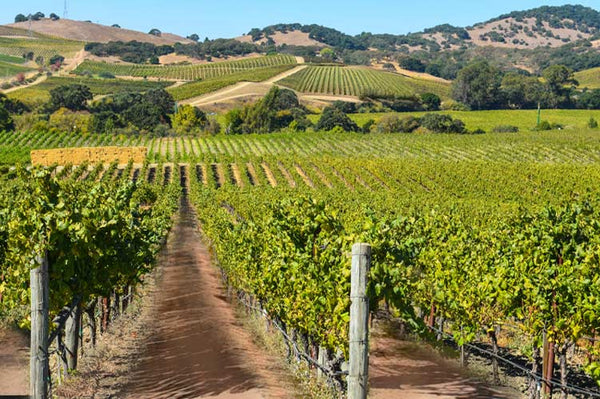Understanding AVAs: California's Wine Identity

At Renard Creek, we love helping wine lovers of all kinds explore new and delicious wines, along with the stories behind their making. This includes sharing what some of the terms mean. It is common to see the acronym “AVA” as you browse different wines. Let’s take a look at what this means and how it can enhance your knowledge about wines and winemaking.
In the world of wine, "AVA" stands for American Viticultural Area. Think of an AVA as a geographically defined region officially recognized for its distinctive growing conditions that influence the character of wines produced there. These designations help consumers understand where their wine comes from and what qualities to expect.
Northern California boasts some of America's most celebrated AVAs, particularly in Sonoma, Lake, and Mendocino counties. These regions feature remarkably diverse growing conditions within relatively small areas. What makes these counties special is their extraordinary soil composition, which often mirrors the prestigious terroirs of Europe (more about terroirs below).
Sonoma County contains 18 distinct AVAs, from the cool, fog-influenced Russian River Valley to the sun-drenched Alexander Valley. Each creates wines with unique personalities reflecting their specific microclimates.
Lake County, centered around Clear Lake, features volcanic soils reminiscent of Italy's famous wine regions. The high elevation vineyards benefit from intense sunlight during the day and cooling mountain air at night, creating ideal conditions for varieties like Cabernet Sauvignon.
Mendocino County's AVAs range from the cool Anderson Valley (perfect for Pinot Noir and sparkling wines) to the warmer inland areas where Zinfandel thrives. The diverse soils here—ranging from gravelly riverbeds to decomposed sandstone—echo the complexity found in France's most revered growing regions.
About Terroirs
Terroir refers to the complete natural environment in which wine grapes are grown, encompassing soil composition, topography, climate, and even local farming practices. (The word is usually pronounced as it sounds in French - "tehr - warh".) In the context of AVAs like those in Sonoma, Lake, and Mendocino counties, terroir explains why wines from different regions have distinctive characteristics despite using the same grape varieties. The volcanic soils of Lake County, the foggy microclimates of Russian River Valley, or the gravelly riverbeds of Mendocino each impart unique qualities to their wines. Winemakers prize these regional differences, as terroir creates the signature flavors, aromas, and textures that make wines from specific AVAs recognizable and special, allowing them to express a true sense of place that cannot be replicated elsewhere.
When you see an AVA on a wine label, you're getting insight into the wine's origin story and the unique environmental factors that shaped its character. As you browse our online store, you can easily see from which AVA a particular wine was made, and see our collections by county: Mendocino, Lake and Sonoma. Cheers for great exploring!

